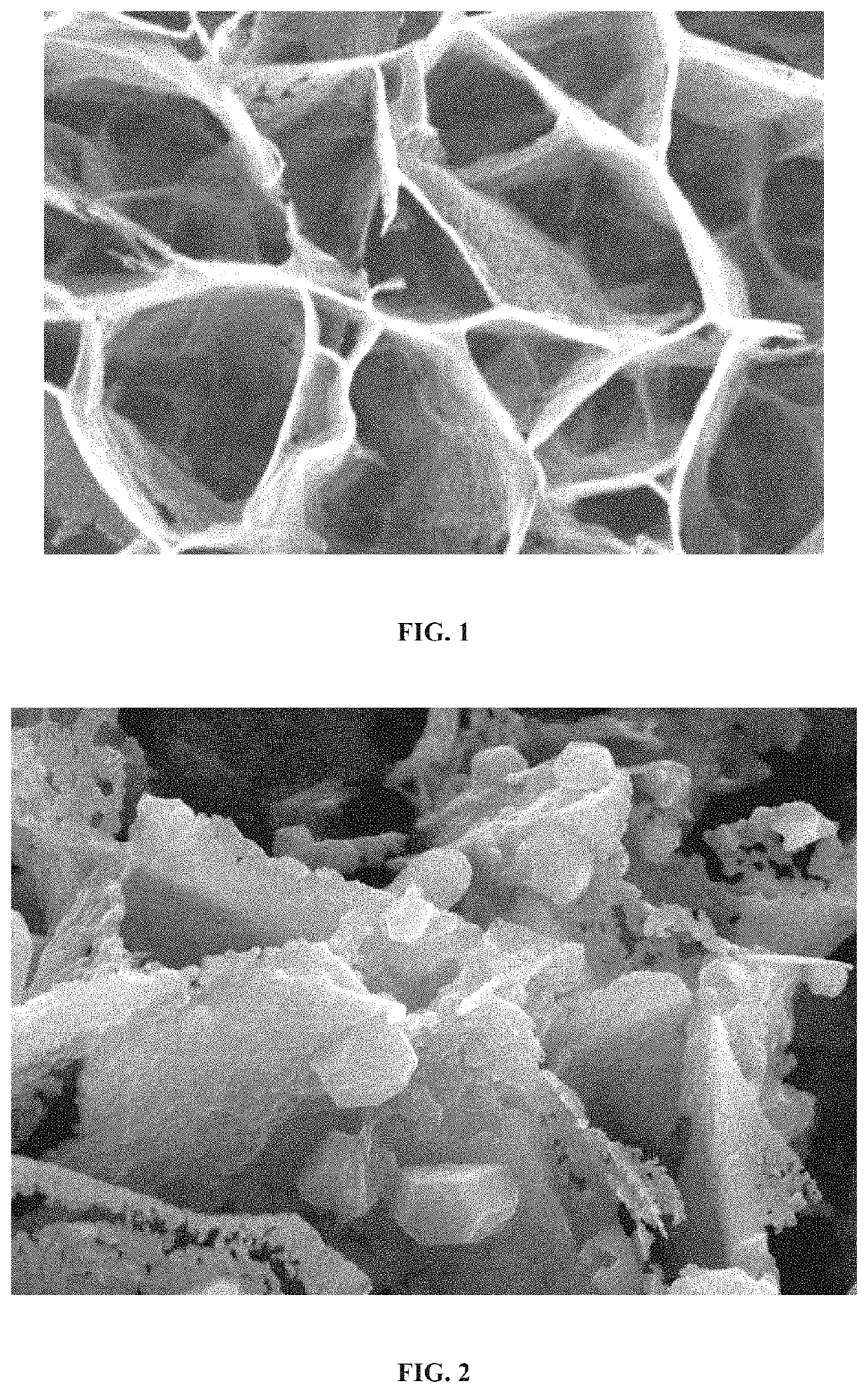Loaded multifunctional catalysis composite material, preparation method thereof and application of composite material to catalytic removal of water pollutants
a multi-functional, composite material technology, applied in the direction of catalyst activation/preparation, metal/metal-oxide/metal-hydroxide catalyst, physical/chemical process catalyst, etc., can solve the problems of difficult recycling and reuse, the efficiency of oxide semiconductor catalyst cannot meet the needs of practical applications, etc., to achieve rapid electron transfer, reduce the recombination rate of photogenerated electrons and holes, and facilitate full contact
- Summary
- Abstract
- Description
- Claims
- Application Information
AI Technical Summary
Benefits of technology
Problems solved by technology
Method used
Image
Examples
Embodiment Construction
[0032]The invention will be made a further explanation according to the following figures and the specific implementations.
[0033]Implementation 1:
[0034]Synthesis of ZnO nanosheets immobilized on Ni foam (Ni@ZnO)
[0035]At room temperature, 5 mM zinc formate and 5 mM zinc nitrate hexahydrate were first dissolved in 100 ml of an aqueous solution to prepare an electrolyte solution. Nickel foam is used as the working electrode, platinum wire is used as the counter electrode, and the calomel electrode is used as the reference electrode to connect the circuit. Electrodeposition experiments were carried out under an electrochemical workstation. First, an external bias voltage of −1.3 V was set and electrodeposited for 10 s, then a bias voltage of −1.0 V was set and deposited for 300 s. The sample was taken out from the working electrode and dried under vacuum at 60° C. for 12 h. After being placed at 350° C. (the temperature is 2° C. / min), the temperature is 1 h under nitrogen protection. Fi...
PUM
| Property | Measurement | Unit |
|---|---|---|
| temperature | aaaaa | aaaaa |
| voltage | aaaaa | aaaaa |
| molar ratio | aaaaa | aaaaa |
Abstract
Description
Claims
Application Information
 Login to View More
Login to View More - R&D
- Intellectual Property
- Life Sciences
- Materials
- Tech Scout
- Unparalleled Data Quality
- Higher Quality Content
- 60% Fewer Hallucinations
Browse by: Latest US Patents, China's latest patents, Technical Efficacy Thesaurus, Application Domain, Technology Topic, Popular Technical Reports.
© 2025 PatSnap. All rights reserved.Legal|Privacy policy|Modern Slavery Act Transparency Statement|Sitemap|About US| Contact US: help@patsnap.com


